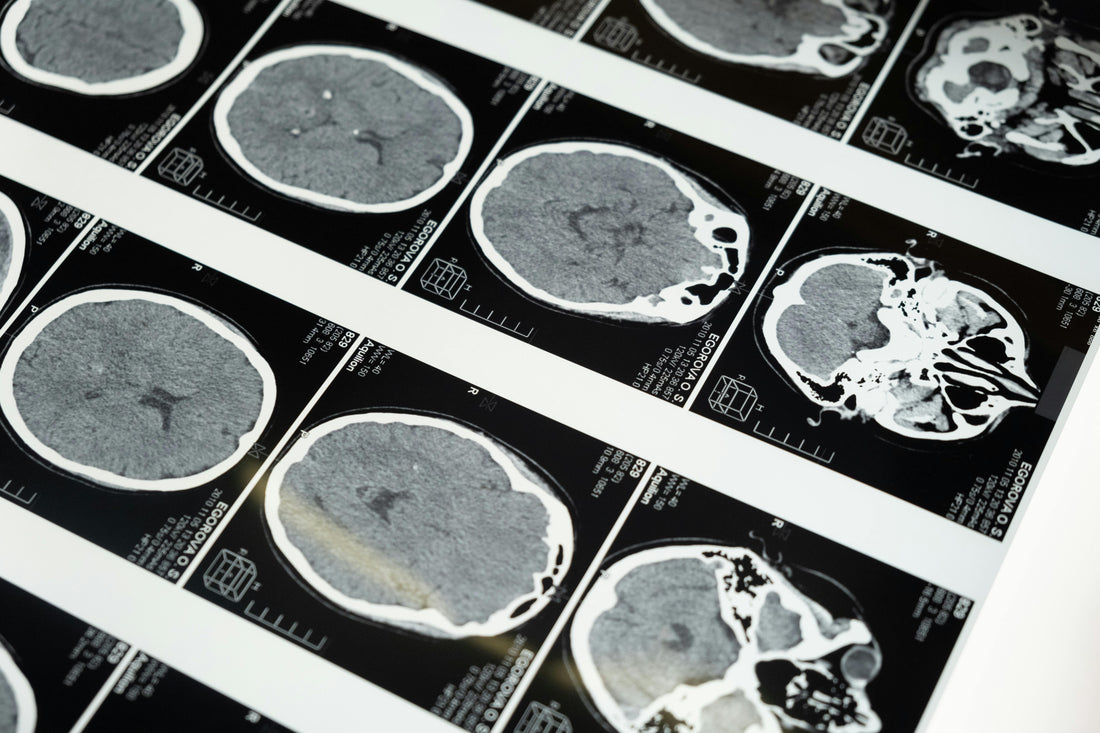
How Exercise Helps People with Parkinson’s Disease
Share
Parkinson’s disease is a condition that affects movement, mood and thinking. It usually worsens over time and there is currently no cure. Medicines can help manage the symptoms, but more and more research shows that exercise also plays a key role in slowing down the disease and improving quality of life. This article explains how exercise works in the body and brain to help people with Parkinson’s disease.
Boosts Brain Health with Growth Factors
Exercise increases certain chemicals in the brain called neurotrophic factors. These help keep brain cells healthy and support the growth of new connections between them. One of the most important is called BDNF, which supports brain plasticity and repair. Exercise also increases other helpful proteins like GDNF and CDNF, which help protect dopamine-producing cells. These cells are usually lost in Parkinson’s disease.
Supports Better Communication Between Brain Cells
Parkinson’s causes problems with how brain cells talk to each other, especially in areas that control movement. Exercise helps improve this communication. It reduces harmful chemicals like glutamate that build up in the brain and damage cells. It also helps restore tiny structures on neurons called dendritic spines, which are key for cell-to-cell signals.
Improves Brain Activity Patterns
People with Parkinson’s often have abnormal patterns of brain activity. These are linked to tremors, stiffness and slow movements. Studies in both humans and animals show that exercise can reduce these abnormal patterns. For example, activities like cycling and treadmill walking can normalize brain rhythms and improve motor function.
Increases Blood Flow to the Brain
Proper blood flow is important to keep brain cells alive and working well. Parkinson’s disease can reduce blood supply to some areas of the brain, especially those involved in memory and movement. Exercise improves blood circulation and may help form new blood vessels. It also encourages the brain to use oxygen more efficiently, which helps improve both thinking and movement.
Cleans Out Waste Through the Brain’s Drainage System
The brain has a special cleaning system called the glymphatic system. This system removes waste products like alpha-synuclein, a protein that builds up in Parkinson’s. Exercise boosts this system by improving blood flow and increasing a protein called AQP4, which helps move fluid through the brain. Better waste removal could help slow disease progression.
Lowers Inflammation in the Brain
Chronic inflammation is a major part of Parkinson’s disease. It causes damage to nerve cells and makes symptoms worse. Exercise helps reduce this inflammation. It lowers harmful signals from immune cells in the brain and increases protective ones. This balance may protect brain cells from further damage.
Supports Gut Health
New research shows that the gut and brain are closely connected. People with Parkinson’s often have gut issues, and changes in gut bacteria may play a role in the disease. Exercise can improve gut health by increasing the number of helpful bacteria and boosting the production of short-chain fatty acids like butyrate. These substances help lower inflammation and may protect brain cells.
Fights Oxidative Stress
Cells in the brain produce energy using tiny structures called mitochondria. In Parkinson’s, these mitochondria do not work well, which leads to oxidative stress and cell damage. Exercise helps restore balance by boosting the body’s natural antioxidants. It also supports healthy mitochondria and may help remove damaged ones.
Irisin: A Special Protein Released During Exercise
Researchers are studying a protein called irisin, which is released by muscles during exercise. Irisin seems to protect brain cells in several ways. It increases helpful brain chemicals, reduces inflammation and may improve energy production in cells. Although it is still being researched, it may be one reason why exercise is so helpful in Parkinson’s.
Making Exercise Work for You
The type and intensity of exercise matter. High-intensity aerobic exercise appears to offer the most benefits, but even moderate or low-intensity activities can help. Exercises like walking, dancing, yoga or cycling can all be good options. For people with advanced symptoms, safer choices like seated exercises or virtual reality-based programs may work better. The key is consistency and finding a routine that is safe and enjoyable.
Final Thoughts
Exercise is not just good for general health, it is a powerful tool that can protect the brain and improve life for people with Parkinson’s disease. It helps the brain grow, reduces harmful inflammation, boosts blood flow and supports the body’s natural repair systems. Although more research is needed to find the best types of exercise for each person, what we know so far makes one thing clear—moving more helps.
